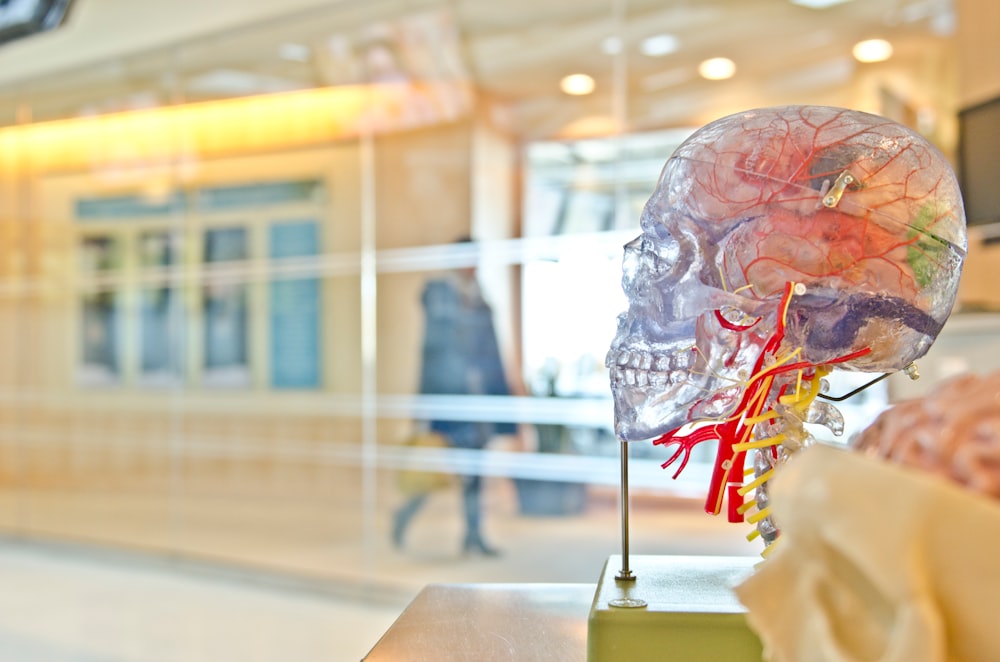The essential difference between machine learning and artificial intelligence is that the former is a verb and the latter is a noun.
Learning is acts of observation and interaction by which a subject acquires behavior, skills, or knowledge. The subject can be human, animal, or a machine. Learning can be a active or passive. Active learning is typically associated with an educational process such as a formal course of study in a school. There is intention behind the action. Active learning can also be a self-directed undertaking in which the learner pursues educational goals of his or her own design. For example, taking up a hobby or setting aside time to read material relevant to achieving a certification.
Passive learning is the process where the learner is subjected to experiences without conscious awareness of the process. An example of passive learning is Pavlov's experiments in operational conditioning. In this passive learning process a bell is rung each time a dog is given a meal. The ring-feed activity continues over a period of time. Eventually the dog “learns” to associate the sound of the bell with the experience of eating. The learned behavior is so deep that when the bell rings the dog will salivate in anticipation of the meal, even when no food is present. The dog had no intention to acquire the “salivate on ring” behavior. Yet, learning took place.
Machine learning is the process of continuously presenting a machine with a well defined data sample so that behavior can be developed. Speech recognition is a good example of machine learning. A computer is fed thousands of audio files that contain a single word spoken by different voices -- for example, the word “cat”. The computer inspects the audio file to determine the pattern in the spoken word that is common among the thousands of voices submitted. Based on the pattern recognition in play, the computer eventually evolves to the point where it can recognize the sound, “cat” regardless of speaker. The learning process is the submission of sound files to the computer and the physical inspection of the files. Yet the interesting question is, how is the audio pattern determined? This is where intelligence comes in.
Machine learning is the process of continuously presenting a machine with a well defined data sample so that behavior can be developed.
Intelligence is the capacity for logic, reasoning, pattern recognition, creativity, planning and problem solving. The conventional thinking is that intelligence is quantifiable. A human has more intelligence than an ant because the human has the capacity to use verbal language. There is a good argument to be made that a human who speaks five languages has more intelligence that a human who speaks but one.
Quantifying intelligence according to a set standard has been a challenge throughout history. Nonetheless, in terms of the difference between learning and intelligence, learning is something you do. Intelligence is something you have. Which brings us to artificial intelligence.
Artificial intelligence is the capacity for a machine to perform logic, analysis, planning and problem solving. Most machines are limited in terms of intelligence. For example, a pizza oven has only the intelligence to heat itself up to a temperature set by a human. There are coffee makers that have the capacity to “plan ahead” and brew at a predefined time of the day.
Artificial intelligence is usually created by humans. But, a growing trend is to have machines make other machines more intelligent.
Artificial intelligence is growing. Some machines have the capacity to read text and transform it to verbal language. Others, such as those found in an automated call center, have the capacity to engage in a broad range of human conversation, in a variety of languages and respond appropriately within the context of the conversation. Machines, such as the ones at Facebook, have the capacity to distinguish a face in a photo and bind the image to profile data. Needless to say, artificial intelligence is fast approaching human capacity. Some people even expect artificial intelligence to surpass human capabilities in the very near future.
Machine learning and artificial intelligence are fast becoming important parts of the automated testing landscape. A growing number of enterprises are submitting test results to machine learning algorithms as part of the CI/CD process. The artificial intelligence embedded in the machine learning algorithms determines patterns and trends in application behavior. These determinations aid in planning development activities moving forward. Test planners no longer need to guess about areas of concern; AI gathered from machine learning activities will report potential dangers with a high degree of certainty.
Machine learning and artificial intelligence are fast becoming important parts of the automated testing landscape.
As we move forward in technology, machine learning is already becoming easier and more standardized. There are plenty of opportunities centered around creating AI that can approach and eventually exceed human capacity, but in the mean time, artificial intelligence and machine learning are no longer sci-fi concepts. They're already solving problems that make our day to day activities - as nominal as social media - easier and more enriching. ![]() It's an interesting future.
It's an interesting future.






